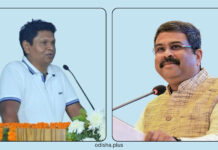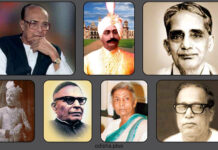Kailash Chandra Dash
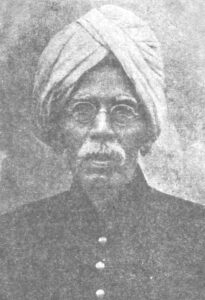
Many people say that India will not have progress without industrial advancement, but such people at first should be industrialist. Individual education and national education are quite different. The national products are more valuable than the handmade products. The Germans have good ears and so they are expert in music. The French have good eyes and so they produce luxurious objects which are very valuable in the world market. Different parts of the body need improvement for the advancement of the nation. The artistic works of Bhubaneswar constitute the glorious heritage of Utkala. The successors of these artists and sculptors of Utkala will get a continuity of the old tradition by continuing the stone work.
But now they are living by cutting stones or by making minor stone objects for household purpose. They need to jump into their glorious past. Of course for that they need time and patience.This Conference does not belong to one section. We must take up that work by which all Utkaliyas would be benefitted. Whosoever is born in Utkala, Odia, Bengali or Muslim, high or low should try for the development of the nation. Man’s life is for the service of others. This can be learnt from the nourishment of the child by a mother.
She wants that like herself the children should dedicate their lives for the cause of others. The unity demonstrated by the predecessors is now present in Jagannatha. Think about the problems of the national life for ten minutes, it will begin national life. The motherland Utkala is fragmented. For the sake of the race self-sacrifice is necessary. The young men of Satyabadi school are ready to sacrifice their lives for the cause of the motherland Utkala. You have all been united at the opening gate of Utkala-Jagannath Puri with great enthusiasm. Hence this Conference is the indicator of furture prosperity.”
By presenting this address Madhusudan made the Utkala Sammilani the great nationalist platform of the Odias. His speech served to fan the flame of nationalism throughout the natural Odisha. At an extra-ordinary meeting of the Utkala Union Committee held in the month of September 1917 at Madhusudan’s place it was decided that the Utkala Sammilani should have a paper of its own to represent its views and its aims and objects.(Ibid.September 22,1917)
The Conference had not been able to possess an organ of its own. Madhusudan had long wished for it, but for various reasons he was not able to do anything in the way to give a start. The name of the paper which was to focus the activities of the Utkala Sammilani was “The Oriya”. Madhusudan became its editor. It continued till 1919 as the mouthpiece of Utkala Sammilani. For many years Madhusudan by his active participation in the UtkalaSammilani and by asserting the Odia issues in the paper “The Oriya” really articulated Odia identity.
Economic aspect was a significant part of the articulation of Odia identity in the first phase of the 20th century A.D. Madhusudan was well aware of this side. In his quest for a New Odisha he wanted great economic progress of the Odias. Although Odias were treated as impoverished in the last part of the 19th century, Odisha’s economic potentiality was well known for her unrivalled filigree industry. There were silversmiths in Cuttack who were prized in the Cuttack Exhibition for sixty years from A.D. 1840 to 1900. (Utkala Dipika,24th November 1900) But this trade suffered a lot in the last decade of the 19th century which was noticed by Madhusudan.
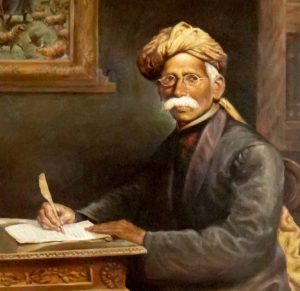
He wanted to give an impetus to this old industry of the Odias by holding a shop (Orissa Art Wares) at his place at Cuttack by training the karigars and encouraging them all the more by holding an exhibition of their finer products and awarding them medals. The Orissa Art Wares of Madhusudan began from about A.D. 1898.(Ibid.) Madhusudan wanted this industry to be on the progressive stage for asserting Odia’s economic potency and it would be a marker of Odia identity. As early as A.D. 1900 Orissa Art Wares got to be modernized by the effort of Madhusudan.(Ibid.)
When Lord Curzon came to Puri in 1900 in the month of December Madhusudan presented to him a raupyadhara (silver casket) which would contain the greeting note of the Odias. (Ibid. December 22,1900) This silver casket was made in the Art Wares of Madhusudan and was very elegant and was indicative of his inventive genius. The bottom of the casket was a silver filigree plate. Upon it on both the sides were placed two elephants made of ivory and in the middle in a golden leaf was painted the image of Jagannath temple. In the back of the elephants there was a long silver box and it had its own system to open and close down.
On one side of the handle (dhankuni) of the box the image of Lakshmi and on the other side the image of Saraswati were painted on gold leaf. The silver plate of the two sides of the box contain the painted image of Kaliyadalana Sri Krishna in gold leaf. This presentation to Lord Curzon in the last year of the 19th century by the considerable care and supervision of Madhusudan indicates that he was more careful to present the economic potentiality of the Odias who were considered by the outsiders to be in a period of quiescence. He wanted to communicate to the Viceroy Lord Curzon that the Odias were vital, energetic and full of creativity and that they could not fall into a sudden stupor.
Madhusudan established the Orissa Art Wares to regenerate the spirit of manufacturing indigenous goods of high quality for export. A separate school of Art Wares was attached to the factory with hundred trainees who produced beautiful articles. He also provided training to hundred fifty weavers from his factory for production of handloom fabrics with modern shuttles. His Art Wares was highly admired by the British officers like Charles Elliot, Webster, Maddox, U.S. Club, W. Lawrence and E.B. Harris. The fixation of golden star in the silver filigree object in the Art Wares of Madhusudan was a great artistic work and was very elegant.
The automatic Ottordan with Golab pass Pandan combined patent. The plate was meant for pan, the roses were receptacles of otter and the peacock threw out the rose water automatically where button was pressed. The roses and peacocks had cold stars. The plate and roses could be removed and the plate could be used for other purposes. (UtkalaDipika, 24th November 1900)
Another important aspect of his economic activitiy was the Utkala Tannery. Its fame was not only confined to Odisha, but to different parts of India, England and Japan as early as 1923. (UtkalaDipika, 29th September 1923) Its popularity was due to the continuous efforts of Madhusudan. He wanted this Tannery as a marker of Odia’s economic identity. It was established by him near Cuttack Railway Station over an area of about fifty acres of land and a great experiment was made by him to make the best leather goods by utilising native objects like the use of lizard skin. In order to make it a profitable business concern, Madhusudan was ready in 1923 to give it for its management to a company.(Ibid) It was of course registered as a limited company in 1913.(Ibid) It started from about 1903 and he spent huge amount of money for it. By his own effort he made the factory to stand on a firm footing and wanted its progress for Odia’s economic prosperity.
In 1923 the Utkala Tannery had a capital of Rs 80000.(Ibid) It was expected to produce leather goods in huge quantities and to evoke the wonder and admiration of the west. Madhusudan took up the economic and industrial regeneration of Utkala as a part of his programme. Economic and industrial regeneration depend on the good wishes, earnest efforts, industrial and scientific education of the people and mutual co-operation which were communicated to the Odias by Madhusudan through the Utkala Sammilani.
The Cuttack Industrial Exhibition which had started from 1898 and which was inaugurated in 1903 by K.G. Gupta (the Commissioner of Orissa) in the sixth year was a great indication of Madhusudan’s efforts for economic and industrial progress of Odisha.
In the address Gupta praised Madhusudan by stating that there was no lack of skill and the “hand hath not lost its cunning” in Odisha was clear from the success which Madhusudan Das had been able to achieve with local artisans.(Ibid: 10th January, 1903)
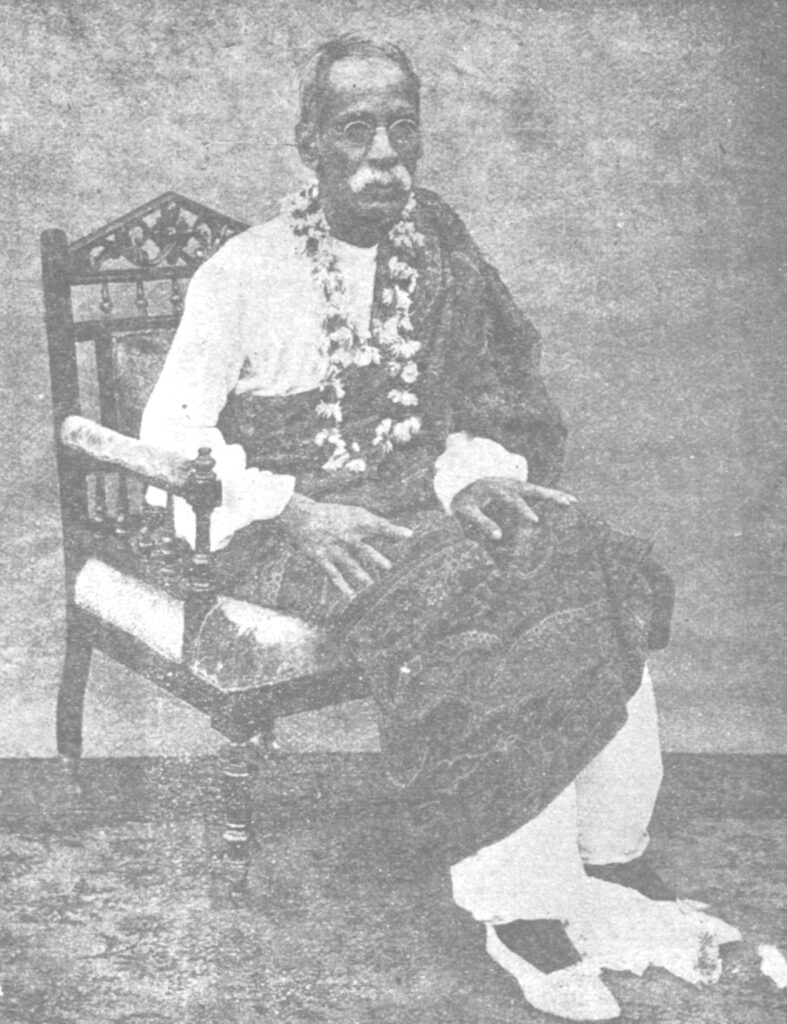
Thus Madhusudan for constructing Odia identity and later on for articulating it sought to revive traditional crafts of Odisha to a considerable extent. No doubt it moblised the Odias in the programme of economic and industrial regeneration for a stable Odisha.
(Part three of the article Madhubabu & the Articulation of Odia Pride by Kailash Chandra Dash)




